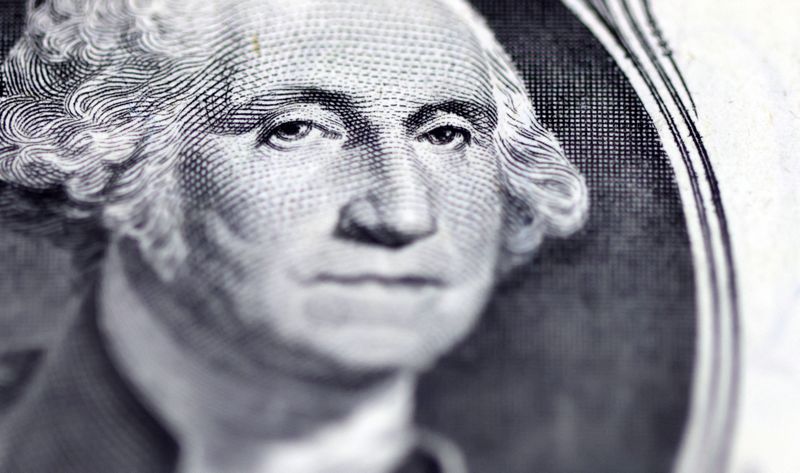Jobs
Dollar retreats ahead of jobs data; euro helped by services PMI By Investing.com

Investing.com – The US dollar retreated Monday, handing back some recent gains but remained close to a two-year high ahead of the release of key employment data later in the week.
At 05:00 ET (10:00 GMT), the Dollar Index, which tracks the greenback against a basket of six other currencies, traded 0.4% lower to 108.380, retreating after reaching a more than two-year high last week.
Dollar starts week on backfoot
The greenback has started the new week on the backfoot, as traders cautiously await Friday’s release of the closely watched for further clarity on the health of the world’s largest economy.
The report is expected to show that the world’s largest economy added 154,000 jobs in December, while the is expected to hold steady at 4.2%.
Such a result would bring the average monthly job gain for 2024 to around 180,000 – a slowdown from the past three years but still indicative of underlying labor market strength.
This isn’t likely to alter the Federal Reserve’s stance on interest rates, with the US central bank signaling just two more cuts this year, down from its previous forecast of four reductions.
Also providing the dollar with additional safe-haven support was uncertainty over President-elect Donald Trump’s plans for hefty import tariffs, tax cuts and immigration restrictions upon his inauguration on Jan. 20.
“The dollar could lose some momentum this week as a return of normal market conditions allows for some reconciliation with slightly lower rates. However, the proximity to Trump’s inauguration and the strong underlying narrative of a hawkish Fed may well keep any USD correction short-lived,” analysts at ING said, in a note.
Euro bounces after PMI data
In Europe, rose 0.5% to 1.0360, helped by a modest recovery in the eurozone’s services industry in December.
HCOB’s final for the bloc, compiled by S&P Global, rose to 49.6 in December from November’s 48.3.
The headline index was boosted by the bloc’s dominant services sector, whose PMI bounced back above breakeven to 51.6 from November’s 49.5, but was weighed down by a sharper decline in factory activity.
The euro fell to its weakest level in more than two years versus the dollar last week, with traders expecting substantially more interest rate cuts from the European Central Bank in 2025, with markets pricing in at least 100 basis points of easing.
for December are due later in the session, ahead of Tuesday’s flash data, and are expected to show that inflationary pressures remain subdued in the euro bloc.
traded 0.4% higher to 1.2473, benefiting from the dollar selloff after dropping roughly 1.4% last week.
The Bank of England held interest rates unchanged last month after consumer prices rose above target, and traders are expecting roughly 60 bps of cuts from the Bank of England in 2025.
Yuan heads lower
In Asia, rose 0.4% to 7.3466, with the pair rising to its highest level since early 2008, with the yuan’s weakness driven by economic challenges and a widening yield gap with the U.S.
In order to counter fears of further depreciation, the People’s Bank of China reaffirmed its commitment to supporting the yuan on Monday, setting its daily reference rate stronger than the critical 7.2 per dollar level.
December’s released on Monday failed to provide any support to the yuan, despite recording its fastest growth in seven months.
traded 0.3% higher to 157.75, despite data showing that the country’s services sector grew for the second consecutive month in December, driven by strong demand and ongoing business expansion.
Elsewhere, fell 0.5% to 1.4377, following reports that Canadian Prime Minister Justin Trudeau is set to step down, possibly as soon as later Monday.

:quality(85):upscale()/2025/01/07/813/n/1922564/b63421d9677d72ddd6eff7.56786871_.png)





